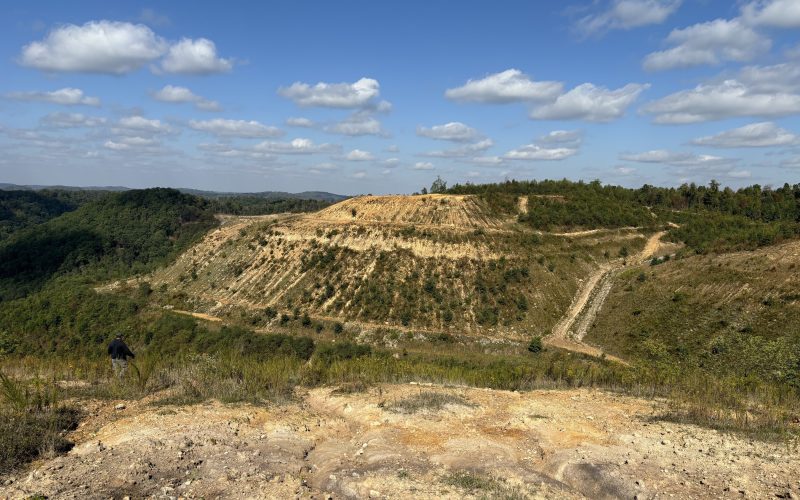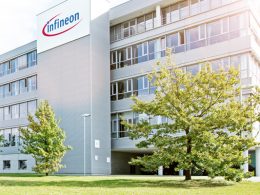Puro.earth has released the 2025 edition of its Enhanced Rock Weathering (ERW) methodology, updating the framework to reflect advances in science, measurement techniques and carbon removal practices. The revised methodology is now aligned with the latest Puro General Rules and the Integrity Council for the Voluntary Carbon Market’s Core Carbon Principles (ICVCM CCP).
The update follows extensive consultation with academic experts, industry practitioners and non-profit organisations. Puro conducted three workshops and multiple stakeholder interviews before submitting the methodology for public consultation, which generated 144 comments. These resulted in 91 minor and four major revisions. The final version was approved by Puro’s scientific advisory board.
Key changes introduced in the 2025 update
- New quantification approaches: The methodology now includes detailed guidance on eligible carbon dioxide removal (CDR) measurement techniques. Seven approaches are outlined, and projects must combine two methods—one for quantifying stored CO₂ and another for validating the results.
- Strengthened sampling requirements: Updated sampling protocols aim to improve the accuracy and statistical reliability of soil chemistry measurements. The revised rules emphasise precision, the use of control plots and robust laboratory procedures.
- Clarified use of modelling: While site-specific field measurements remain mandatory, modelling is recognised as an optional tool to extrapolate results from measured data.
- Updated treatment of loss terms: The methodology now includes clearer instructions for quantifying losses such as secondary mineral formation, cation adsorption, plant uptake, non-carbonic acid weathering, and downstream river and ocean losses.
- Enhanced uncertainty management: A new uncertainty discount has been introduced. Projects must quantify uncertainty using frequentist or Bayesian approaches across all components of the carbon removal calculation, known as the “CORC equation”.
Puro said the updated methodology is intended to ensure scientific robustness and practical applicability for carbon removal suppliers and project developers as interest in ERW continues to scale.





















